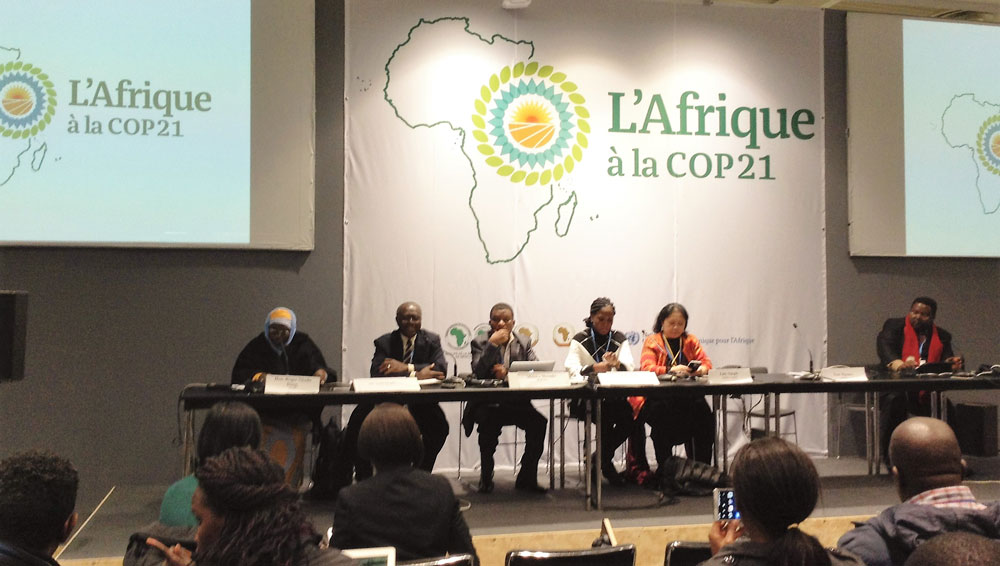CONTEXT
CLIMATE CHANGE – ADDRESSING THE GLOBAL CHALLENGE
Under the United Nations Framework Convention on Climate Change (UNFCC), Governments agreed
a new global climate agreement in Paris in December 2015, to come into effect by 2020, with the long-term goal to keep the increase in global average temperature to well below 2 °C above pre-industrial levels, and to limit the increase to 1.5 °C, in order to substantially reduce the risks and effects of climate change.
Climate Change (IPCC) Special Report on Global Warming, limiting global temperature rise to 1.5ºC will require rapid, far-reaching and unprecedented changes in all aspects of society. The report argues that if temperature rise is constrained it will result in clear benefits to people and natural ecosystems, and could go hand in hand with ensuring a more sustainable and equitable society. Access to finance, technology, and capacity building for developing countries will be essential to the delivery of the Paris goals. Governments have committed to mobilising up to $200 billion per annum for developing countries from a variety of sources by 2020 to fight climate change and its effects.
AGRICULTURE, LAND USE AND FORESTRY
According to the Intergovernmental Panel on Climate Change, greenhouse gas (GHG) emissions from agricultural production in 2000–2010 were 5.0–5.8 GtCO2eq/yr, comprising about 10–12% of global anthropogenic emissions. Annual GHG from land use and land-use change activities accounted for approximately 4.3–5.5 GtCO2eq/yr, or about 9–11% of total anthropogenic greenhouse gas emissions.
So the total estimated contribution of the agriculture, forestry and other land use (AFOLU) sector to anthropogenic emissions is around one quarter of the global anthropogenic total. Reducing AFOLU emissions and marshalling the mitigation potential from activities such as afforestation, sustainable forest management and the substitution of energy intensive materials and fossil fuels by wood will be necessary to meet the Paris Agreement goals.
There are many barriers to the design and implementation of cost-effective and sustainable mitigation strategies at national, regional and local levels which SmartEarth can help countries, enterprises and stakeholders in overcoming, be they investment related, technical know-how or addressing stakeholder buy-in and involvement.
Key elements of the inter-governmental global agreement made in Paris in December 2015 include:
- Holding global average temperatures to less than 2C above pre-industrial levels and to “pursue efforts” to limit temperature increases to 1.5C.
- A non-binding decision for countries to review their national targets in 2020 and then every five years with a view to increasing their greenhouse gas cuts, and to hold regular global stocktakes of progress towards the collective temperature goal.
- A recognition that the $100bn a year in climate finance promised by 2020 should be a floor for ongoing assistance, and that the provision of finance should be regularly reviewed along with the national greenhouse gas reduction targets, with a new financing goal to be agreed by 2025.
- A recognition that many countries will suffer losses and damage from the effects of climate change, but which specifically excludes any liability or compensation claims as a result of the agreement.


